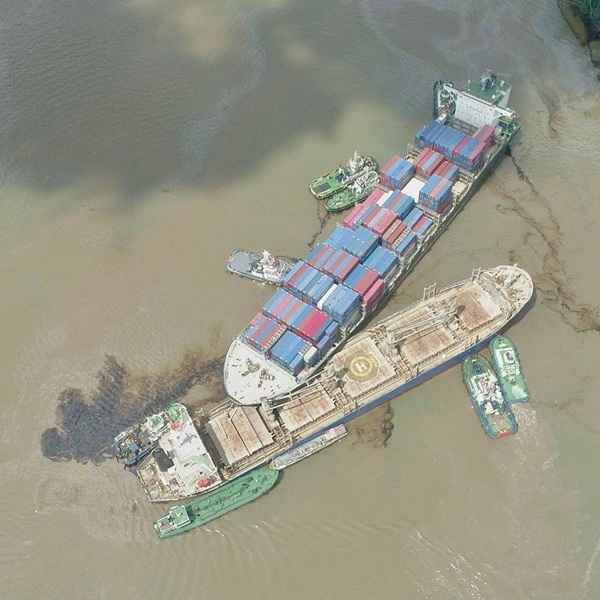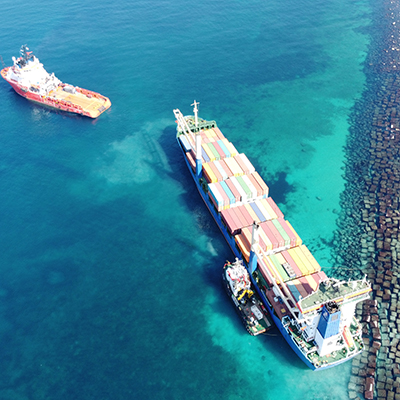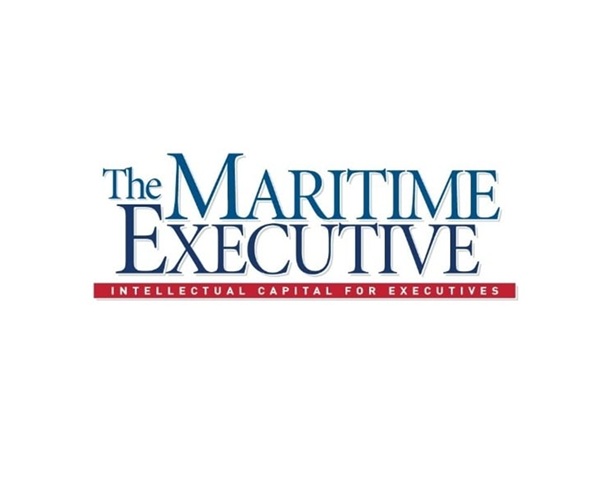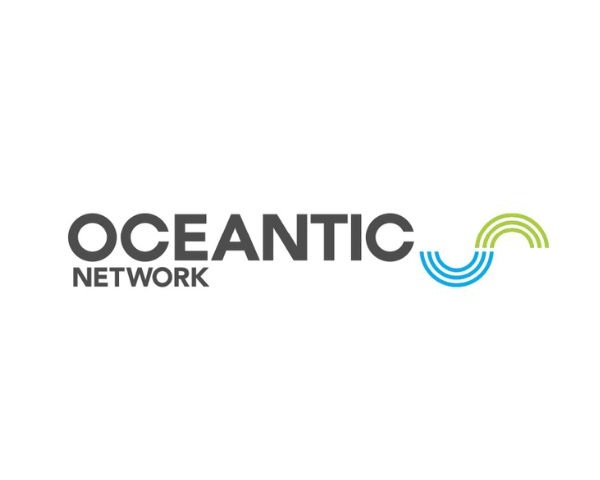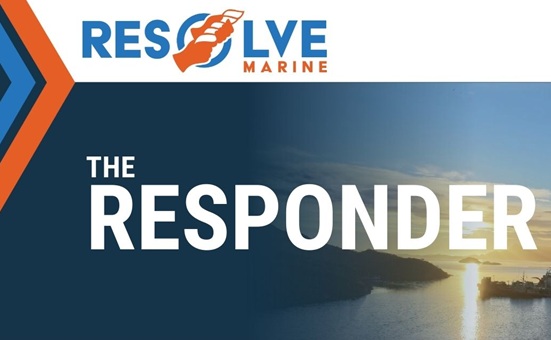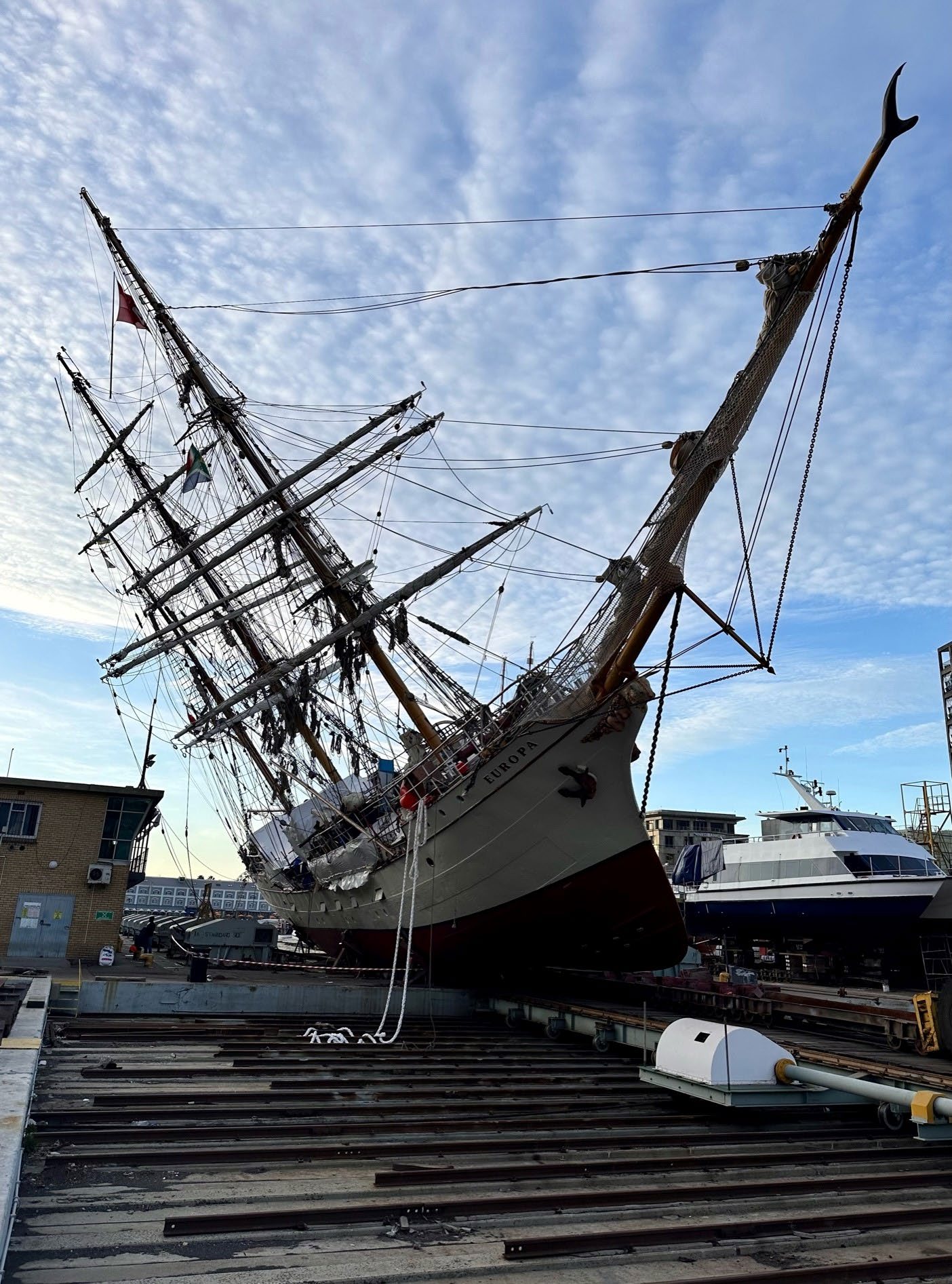
CASE STUDY: MV Dali
Baltimore, Maryland | United States
In the early morning of 26 March 2024, the MV Dali experienced a mechanical failure while departing from Baltimore, Maryland USA. The subsequent allision with the Francis Scott Key Bridge caused a bridge span to collapse, falling onto the ship’s forecastle and cargo hold number 1. Under OPA 90, a USCG regulation that requires all vessels entering U.S waters have a named SMFF provider and Vessel Response Plan, Resolve Marine responded to the scene within hours to assist. The goal of the national response was to clear the channel. Resolve Marine focused on salvage crew safety, fire prevention, damage control, vessel stabilization and refloat, and the removal of the bridge and cargo. Regarding cargo removal and waste management, primary objectives were to:
- Safely remove and properly disposed of the bridge components from the vessel
- Safely removed the cargo containers and contents
- Segregate container contents into four categories: reclaimable cargo, recyclable/reusable materials, non-hazardous wastes and hazardous wastes
- Identify certified and/or appropriate facilities to manage each material/waste stream
- Transport materials/waste streams to the facilities while adhering to applicable local, state and federal regulatory requirements
The Environmental Aspects of the Response Were Substantial
Of the more than 4,600 containers onboard the 984-foot vessel, multiple cargo bays were damaged that impacted the structural integrity and stability of many 20- and 40-foot containers. Fifty-six HAZMAT containers were identified creating dangerous conditions through exposure, decomposition and chemical reactions. Hull breaches resulted in leaks from deck machinery that mixed with rainwater and, upon inspection by Resolve Marine experts, revealed acid was leaking from soft patch seams in a cargo hold making the space dangerous and requiring proper personal protective equipment and respiratory protection.
Chemical hazards consisted of known, unknown and mixed cargos that leaked from containers and tanks. Contents of the containers included perishable materials, lumber, paper and cardboard, metal scrap, glass, plastics, automobiles and automotive parts, lead acid batteries, e-waste, heavy equipment, medical equipment and supplies, perfumes and lotions, sanitizers, detergents and adhesives. Six ISO containers transporting acids were damaged, releasing thousands of gallons into a cargo hold. Hazardous waste management also addressed high concentrations of deadly hydrogen sulfide that accumulated as soybean cargo deteriorated over time. Sulfonic acid reacted with metals inside some containers creating pockets of explosive hydrogen. Crews equipped with full HAZMAT gear removed contaminated soybeans into waste containers, which were then pumped into specialized frac tanks for safe disposal.
By the Numbers
- 3,405 tons of bridge material was removed
- 2,438 tons of cargo, or non-bridge material was recovered and recycled
- 78 tons and 12,000 gallons of material was recovered for reuse
The MV Dali was refloated 55 days after the allision, allowing all shipping channels and the port to fully reopen.

